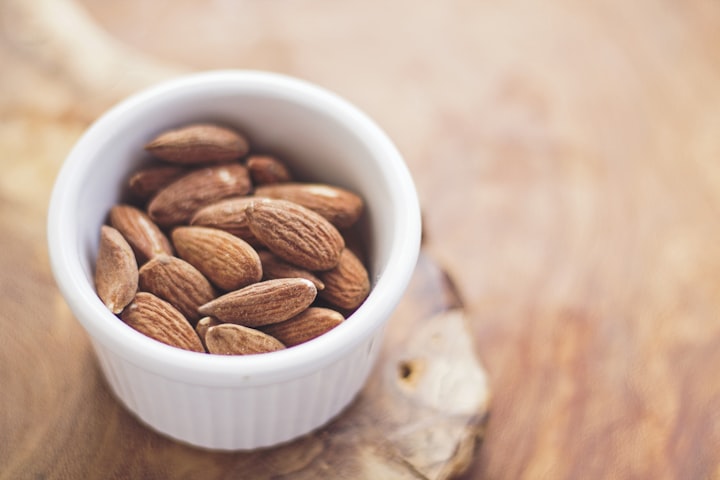India has most number of 'zero-food' children at 67 lakh: Study
India has most number of 'zero-food' children at 67 lakh: Study

India has generally number of 'zero-food' youngsters at 67 lakh: Study The underlying two years are considered vital for development and improvement, with kids being defenseless against undernutrition whenever left unfed.
The review was directed across 92 low and center pay nations (LMIC). The underlying two years are considered critical for development and advancement, with kids being defenseless against undernutrition while possibly not satisfactorily taken care of. Per the review, India has by a wide margin the h...
Per the review, India has by a wide margin the largest number of 'zero-food' youngsters at 6.7 million (67,00,000), representing close to half of each of the 'zero-food kids' across 92 nations in the overview, the distribution revealed, breaking down the discoveries of the s...
The review characterized the 'zero-food youngsters' as those between 6-23 months who had not polished off any creature milk, equation, strong, or semisolid food as of now.
It further discussions about the significance of acquainting strong or semisolid food sources with a youngster's eating regimen - - as breastfeeding alone isn't adequate to give kids nourishment, which, thus could thwart their development and improvement.
With 19.3 percent of youngsters delegated 'zero-food,' India positioned third internationally, following west African nations Guinea (21.8 percent) and Mali (20.5 percent).
Nigeria positioned second regarding largest number of 'zero-food' youngsters (9,62,000), trailed by Pakistan (8,49,000).
The analysts gathered information from Segment and Wellbeing Reviews (DHS) and Numerous Pointer Bunch (MICS) studies directed from May 20, 2010, to January 27, 2022. Of the absolute example size, 51.4 percent were young men.
The review, be that as it may, noticed, "Some studies, most quite in India from 2019 to 2021, may have been affected by the Coronavirus pandemic, which might have caused an expanded predominance of zero-food kids."
India has positioned despicably high in a review computing the commonness of kids matured 6-23 months who have not eaten anything north of a 24-hour time span, across 92 low-and center pay nations (LMIC). In outright numbers, the paper found India had the most 'zero-food' youngsters at 6.7 million — close to half of the relative multitude of zero-food kids in the overviews.
Zero-food youngsters are the ones who drank no creature milk, recipe or strong or semisolid food during the most recent 24 hours. At roughly a half year old enough, breastfeeding is presently not adequate to give the kid fundamental nourishment. Presenting strong or semisolid food varieties alongside breastfeeding is fundamental for satisfying the nourishing necessities of youth, assuming a critical part in vital parts of youngster development and improvement.
With 19.3 percent 'zero-food' youngsters, India was third most noteworthy internationally after west African nations Guinea (21.8 percent) and Mali (20.5 percent). Nigeria had the second-largest number of zero-food youngsters (962,000), trailed by Pakistan (849,000).
The exploration, distributed in diary JAMA Organization Open on February 12, 2024, took a gander at 276,379 children matured six to 23 months in 92 LMICs. During this critical period of development and advancement, youngsters are particularly defenseless to undernutrition.
The scientists accumulated information from segment and wellbeing studies (DHS) and numerous pointer group (MICS) reviews directed from May 20, 2010, to January 27, 2022. Of the all out example size, 51.4 percent of the example were young men. For India, Public Family Wellbeing Review's 2019-2021 information was utilized.
DHS and MICS overviews utilized normalized inquiries on taking care of works on, covering normal and country-explicit strong or semisolid food varieties. Notwithstanding varieties, they by and large included comparable nutrition types. The examination regarded milk and newborn child equation as food things, barring breastfeeding and other fluid feedings, besides in a responsiveness examination.
The consolidated information displayed there were 13.9 million youngsters who had not eaten anything in the concentrated on nations or 10.4 per of the example. The commonness of zero-food occurrences contrasted by locales, with the most noteworthy rates found in South Asia (15.7 percent) and west and focal Africa (10.5 percent).
Latin America and the Caribbean had the most minimal commonness and number of zero-food kids, at 1.9 percent, or 120,000 youngsters. East Asia and the Pacific had the second-most reduced commonness, at 2.9 percent.





Comments (1)
Hi Prashant, it would be more suitable to post this in the FYI community 😊